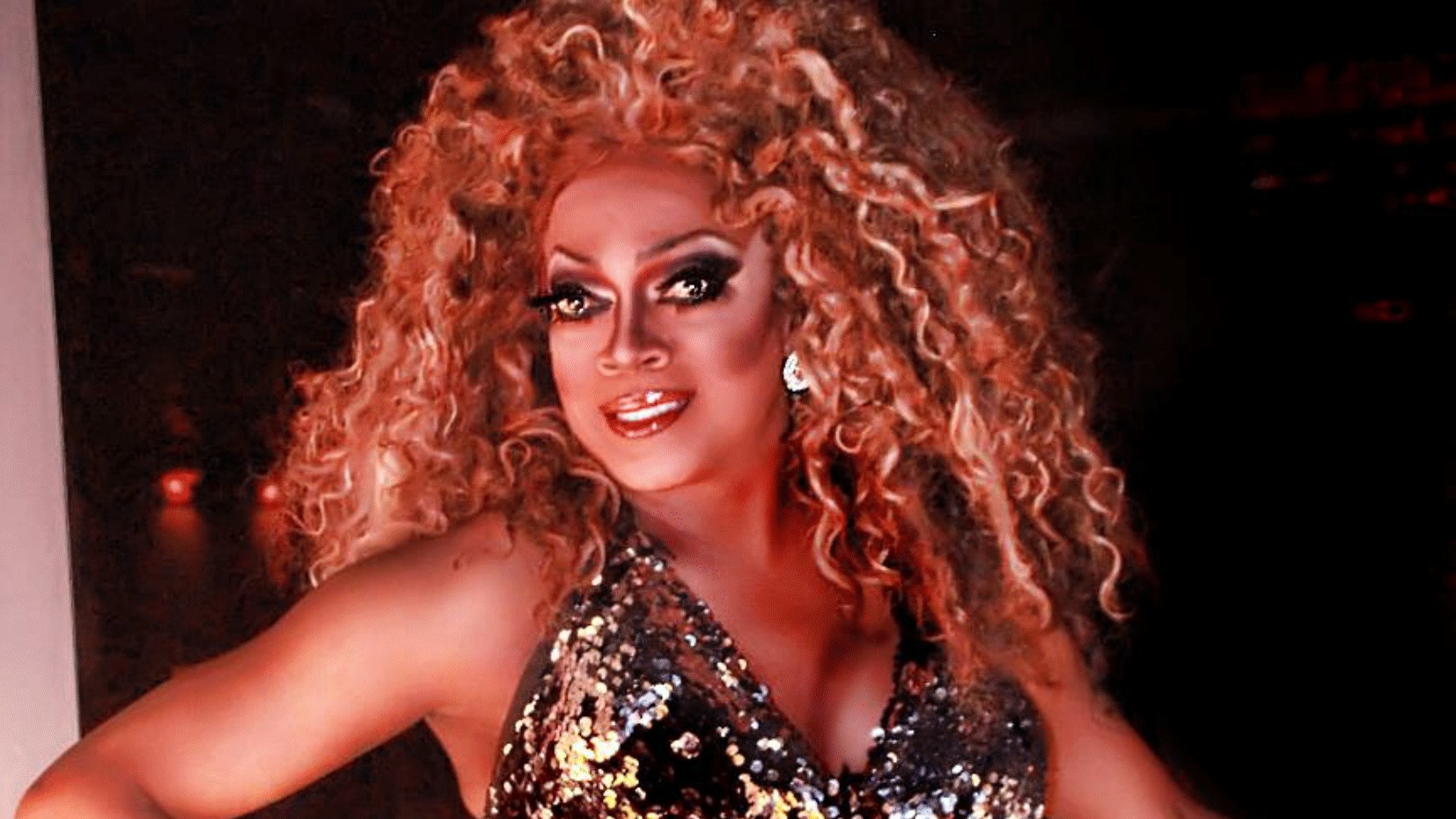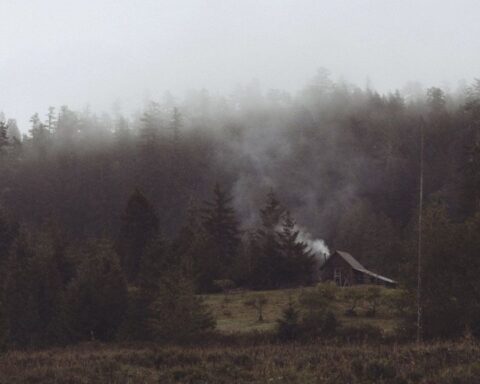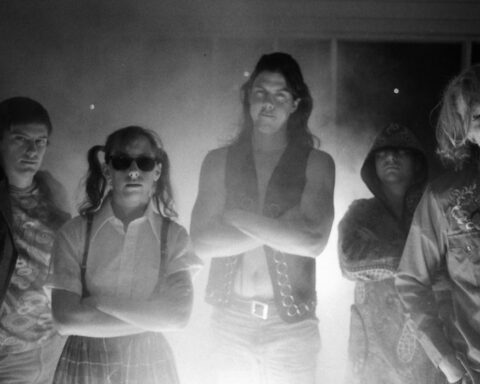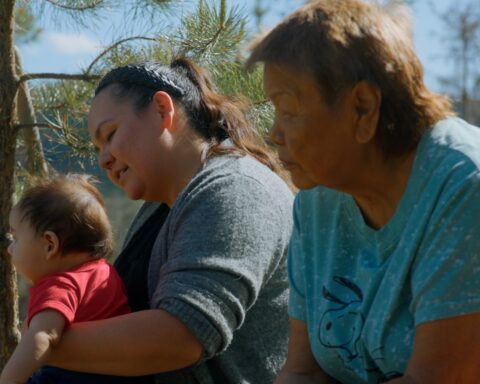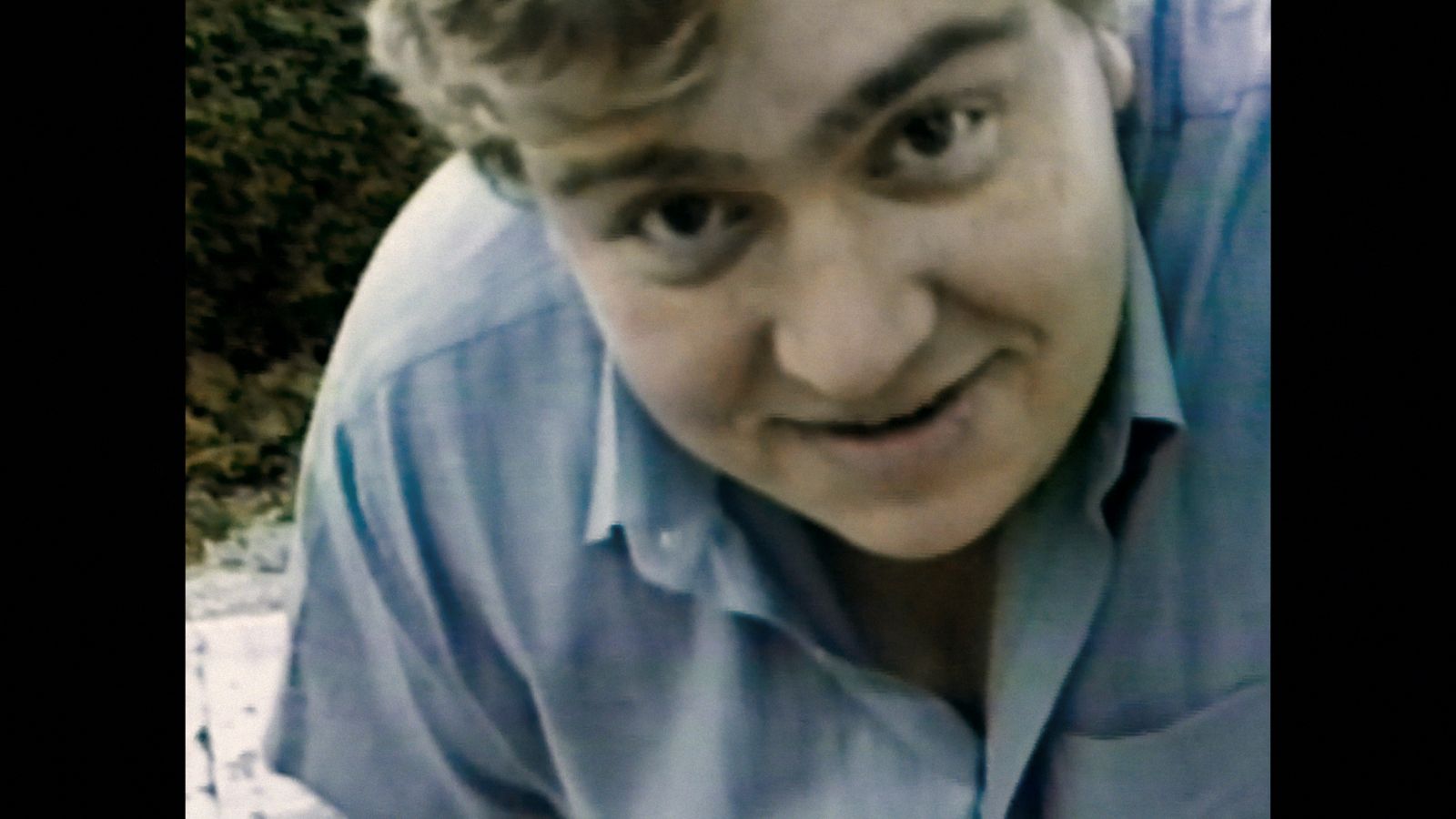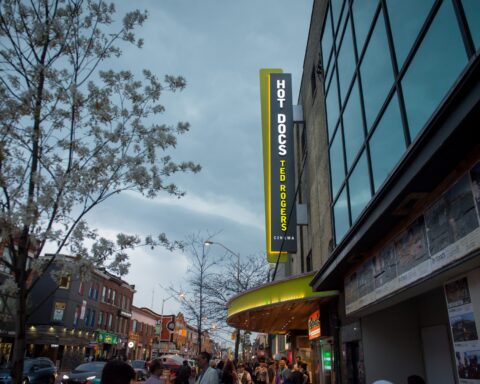“How do you replicate the performance of Michelle Ross?” asks Alison Duke. The director has an enormous subject and daunting task at the heart of her new documentary Michelle Ross: Unknown Icon. The film, which debuts October 8 on CBC’s Passionate Eye and CBC Gem, chronicles the vivacious life and legacy of late Toronto drag queen Michelle Ross. Duke leans into Ross’s captivating stage presence with a focus on archival clips of her lipsyncs, dances, and all-around ability to command a room. “I can’t see any other way than to look at her actual performances,” says Duke.
The film tells how Ross, born Earl Barrington Shaw, reigned Church Street as one of Toronto’s top drag performers, captivating crowds across generations. Her impact was poignantly felt with her death on March 27, 2021 at age 66. But in a mere 45 minutes, Unknown Icon conveys the life force that was Michelle Ross on stage.
Duke says she was initially approached for the project by Sheldon Shaw, Ross’s nephew who appears in the film. However, with a busy slate that included docs like Bam Bam: The Sister Nancy Story and A Mother Apart, she couldn’t quite commit. But when producers Frank Fiorito and Nabil Mehchi of Noble TV circled back, she couldn’t resist the chance to pay tribute to an icon who uplifted Black queer Torontonians and let them feel seen. (Audiences may also have caught a quick glimpse of Ross in Parade: Queer Acts of Love and Resilience earlier this year.)
“I do remember going to Church Street and seeing Michelle in the clubs and being a welcoming face for me early on when I came out. I remember Michelle being a fabulous performer to see,” says Duke. “It’s almost like she was the host of Church Street, especially if you’re Black and queer and not seeing a lot of folks who look like you. She was so welcoming when you came into the club. I wanted to capture her essence and how important she still is to the community.”
Unknown Icon lets Ross’s peers and collaborators from the scene recount her special presence as she reigned Sunday nights at Crews and Tangos, and whipped up memorable, energetic performances at clubs Woody’s and street parties like Blockorama. Duke says she drew upon hundreds of hours of archives to capture the stage presence of which Ross’s friends speak to highlight her range and artistry as a performer.
“For me, it was about showing the different aspects of her performances. A lot of people from the drag community admire her lip sync, so we had to put that in there, how on point it was, and how convincing. She spent a lot of time practising that as a craft,” says Duke.
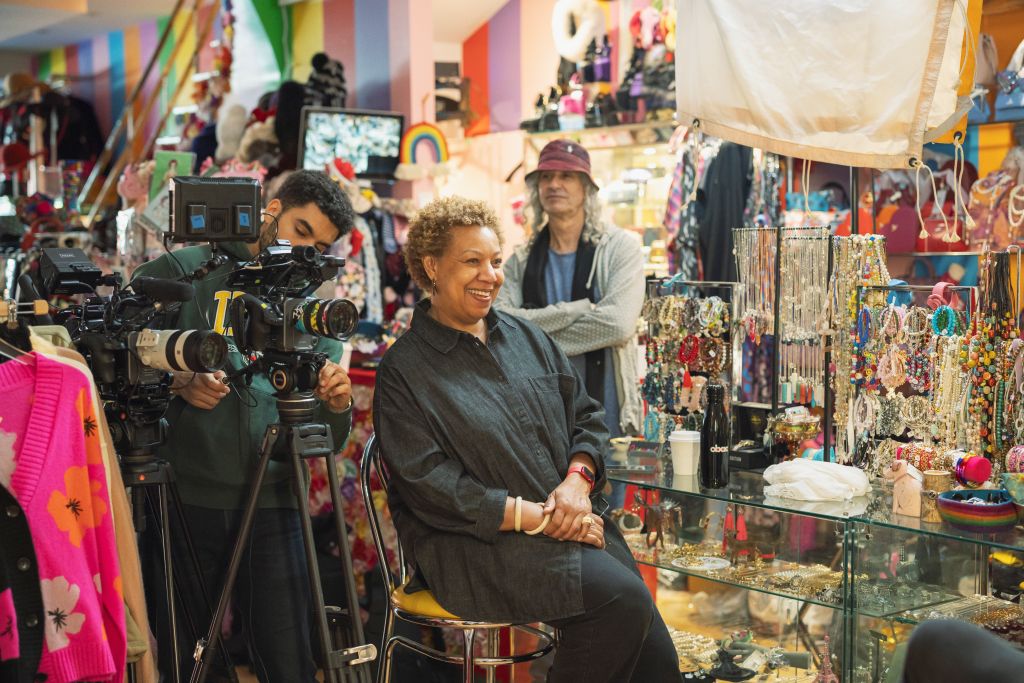
Energetic numbers show the queen commanding the stage while embodying the aura of her namesake Diana Ross, or performing numbers by grand divas like Shirley Bassey and Dionne Warwick. Duke says that highlighting that aspect of Ross’s star power was another key to shaping the tale through the archives. “She made everyone in the room—no matter where she was, no matter what stage she was on—feel like she was talking exactly to them and that she was there for them,” observes Duke.
A third facet to the archives is Ross’s spiritual side that worked its way into performances somewhat unexpectedly. “She loved gospels. She loved songs like ‘King Jesus’ and she would perform it on stage in the middle of Church Street where you think that that music wouldn’t be played, but she embraced that,” says Duke. “For me, it was really important to show that the LGBTQ community’s always demonized and not looked at as being spiritual, or not having any connection to religion. Then here she was on stage presenting that, and people got into it.”
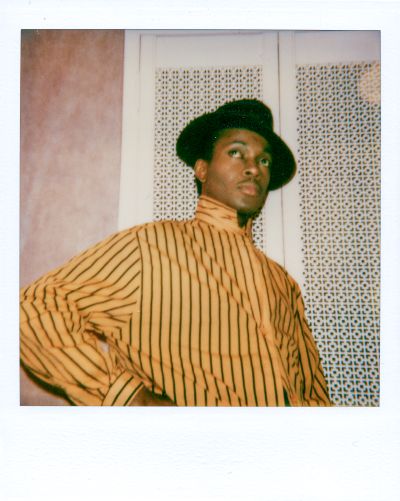
This aspect of Michelle’s story proves especially important when it comes to unpacking her complicated family life. The documentary begins with Ross’s brother, Errol, recalling the day when he discovered that his sibling had passed. Errol, like most of the family, describes Michelle with he/him pronouns, only having recently learned of Earl’s other life as Michelle. Errol recalls the coroner telling him that he was in the presence of drag royalty, which was the family’s posthumous introduction to Michelle Ross.
The film gives the family space to process their relationship to Michelle’s story while observing their complicated emotions. Duke captures the experience that Michelle/Earl had growing up in a Jamaican-Canadian home. The family gets frank that they never really talked about Earl’s personal life or sexuality, while friends recall the intricate house of mirrors one had to navigate to reach the attic that housed Michelle’s fabulous dresses and drag regalia, tucked away so that the family couldn’t find it.
“That was just amazing to have their lens guide us through that process of being a Caribbean family and how being queer in that family is dicey,” observes Duke. “I’ve never seen this before on television, the way it was expressed and articulated: You could see them walking through their own homophobia. They would say, ‘We’re not homophobic, but this is how we see Michelle and her identity.’”
But as the story progresses, the family processes the loss of a sibling they kept at a distance. This aspect of the story finds a touching symbol when Ann, Errol’s ex-wife, shares with Duke a family photo album of Michelle’s life. Nearly the final third or so of the book contains blank pages—a clear marker of when the family turned away. “We were only seeing a certain part of Michelle’s life, and then there’s a whole other missing part that the family doesn’t know about that’s not in the album,” says Duke. The filmmaker says that the sense of alienation is one to which many viewers may relate.
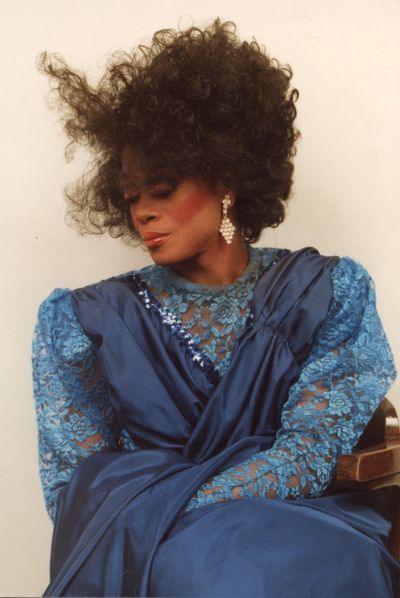
“I’ve experienced that as a Black person who’s queer, growing up. How to express this always eluded me until I saw it in the family,” notes Duke. “You kind of feel it, but you don’t really see it. So when I heard the family talking in a way that I remember my family talking, that was very difficult. And seeing family members challenge each other and question each other was really something. That was a great insight, seeing someone being so out there—Michelle being such a figure icon in the community, and then there’s this little world where her life and legacy is complicated.”
The film shares how Michelle’s relationship with her family was known in her social circles—a point that is shared among many LGBTQ people, particularly those from immigrant families. Duke admits that it’s something she had to navigate while bringing people into the fold to share Michelle’s story. “A couple of people in her circle who are close didn’t want to be in the film because of the tension that they had with the family,” says Duke. “That’s a real tension in the community. It’s not fake. It’s something that we had to work through and be very, very aware of.”
However, the many friends who do come forward share loving stories of a performer with a knack for sparking joy. “The people who came forward, they came home forward with their heart and their love and their archives, and it made the film magical,” says Duke.
One aspect that makes the Michelle’s story especially magical is a reconstruction of her home as a dollhouse. Interviewee Frantz Brent Harris, an artist who makes dolls, remembers creating dolls that resemble Michelle and Earl to reflect the duality of the performer. Duke says she constructed the representation of Ross’s home with a team in Winnipeg and found the dollhouse another way to explore Michelle’s story and legacy visually, especially the labyrinthine route to the closet.
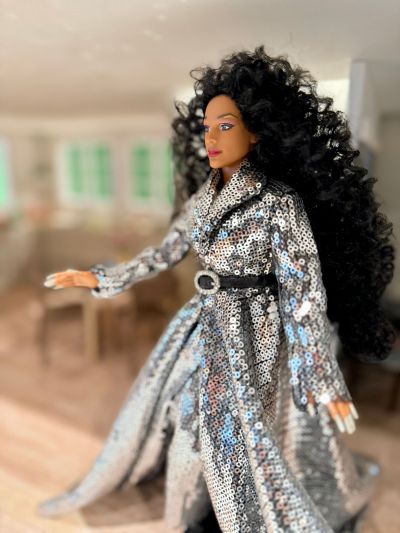
“Michelle was a homebody and would have this big persona out in the world, but then retreat into their home where it almost felt like they were getting back to Earl. So I had to have a place for Earl as well as Michelle,” says Duke. “Think about the importance of the house: She made a lot of money and was able to afford a mortgage, and have a car and all that. That’s not every drag performer’s lifestyle. And then psychologically, the different rooms in the house represented for me the different aspects of Michelle and how she would have to compartmentalize.”
While Unknown Icon unpacks the complexity of Michelle’s life by drawing upon the archives, her costumes, and tools with which she would enhance her performance, the film ends with a trip to the ArQuives, Canada’s collection of LGBTQ+ stories housed in the Church and Wellesley village in Toronto, to bring everything into the open. The ArQuives now houses a collection of Ross-related materials, including photographs and videos used in the film.
Duke sees it as another way of giving back to a community to which Ross already gave so much of herself. “There’s so little material I was thinking this film needs to help build on that,” says Duke, who feels an exhibition on Ross is long overdue.
“You don’t really see a lot of exhibitions on queer Black people,” adds Duke. “The legacy is not honoured in the way it should be. I’m hoping this film helps that.”




